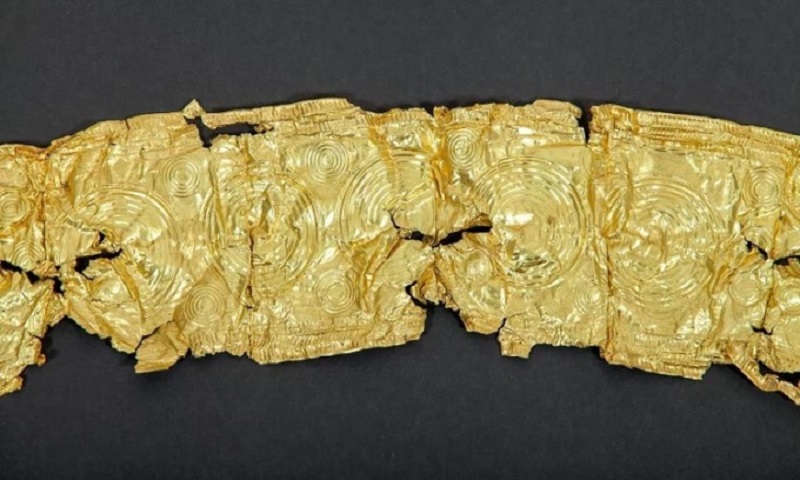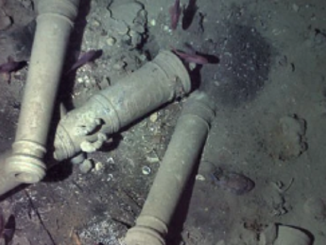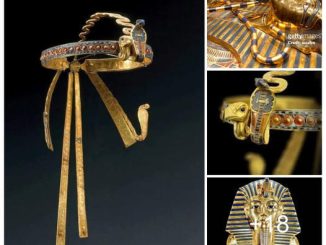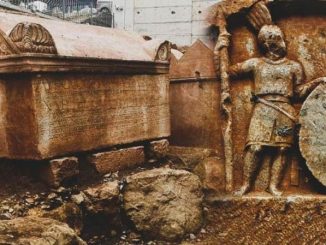An anonymous radish farmer unearthed an exquisitely decorated thin gold plate belonging to the Bronze Age at the end of September 2022.

The gold belt is decorated with many concentric circles. Photo: Bruntál Museum
This decorative object was covered with dust but still intact, so the farmer decided to send photos to archaeologists at the Silesian Museum in Opava, Live Science reported on October 29. Jiří Juchelka, head of the archeology department at the Silesian Museum, said the 51 cm long item made of gold, silver, copper and iron was most likely the front of a leather belt. The gold plate is decorated with many concentric circles and has a clasp at the end. The item may be missing some small parts and is in perfect condition.
Conservator Tereza Alex Kilnar began analyzing the belt at the Bruntál Museum, collaborating with many other experts. Based on the style of decoration, she estimated the item to date from the mid to late Bronze Age. Central Europe during this period was a mixture of many different cultures connected by a large trade network. With subsistence farmers growing wheat and barley and domesticating livestock, society became more complex and divided between the poor and the wealthy aristocracy. While the Bronze Age is famous for its abundance of bronze artifacts, raw materials such as gold were also traded and crafted for the upper classes.
Researchers do not know the context of the golden belt. Kilnar proposed conducting archaeological research to determine whether the item was part of a larger treasure trove. According to her, the belt most likely belonged to someone with a high position in society. Archaeologist Catherine Frieman of the Australian National University also agrees with this speculation.
“Golden objects with circular motifs are often associated with Bronze Age cosmology, focusing on the solar cycle,” Frieman shares. “It is very rare to find such exquisite and intact decorations because gold leaf is easily torn like paper. Therefore, this discovery is very unique.”
After researching and preserving the belt, the Bruntál Museum will display it to the public.


